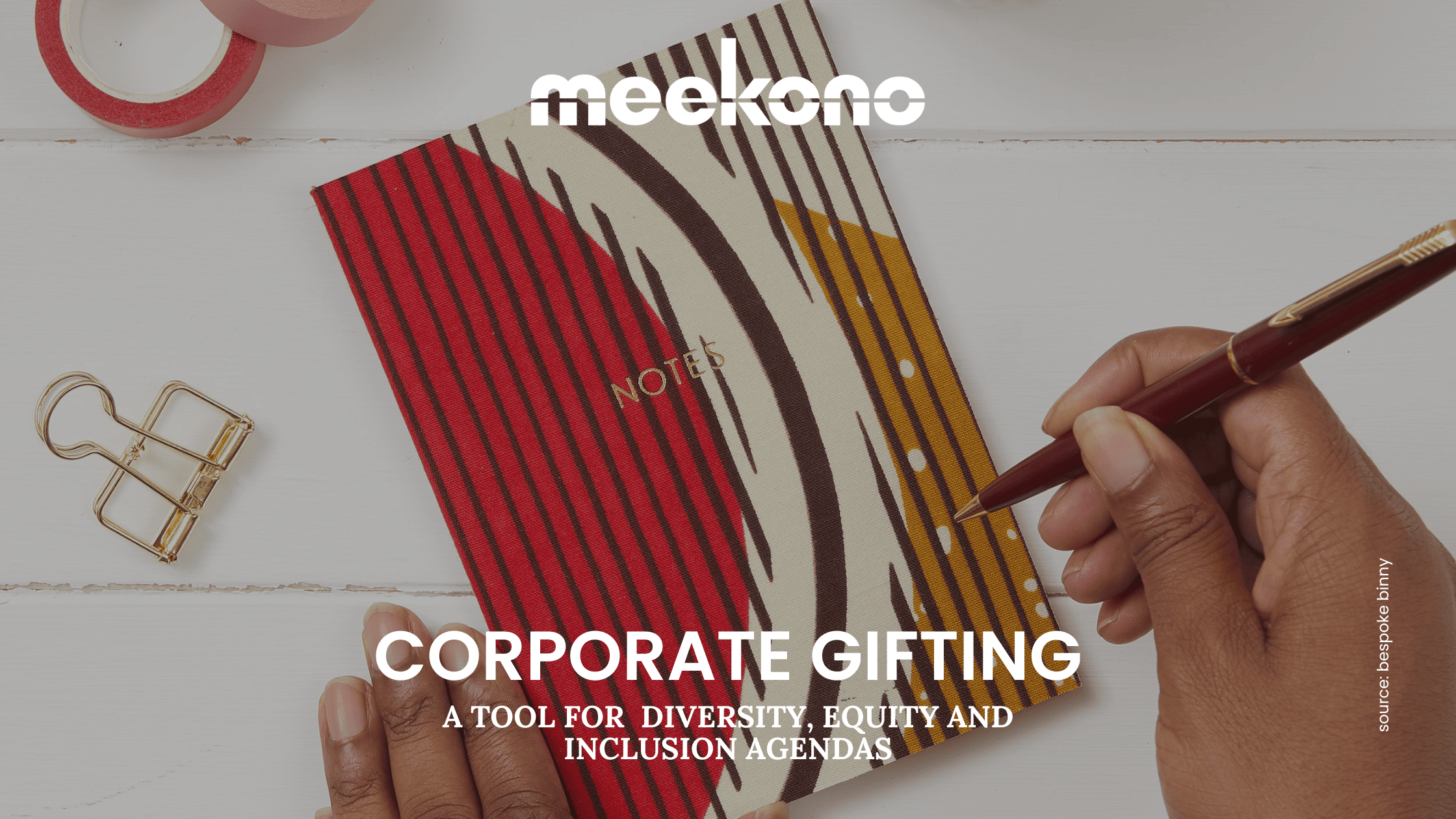Corporate Gifting: An Impactful Tool for ESG, Diversity, Equity & Inclusion
Recent events in the global socio-political environment have had a significant impact on the pace of adoption of diversity policies and brought into stark relief issues of racial injustice and inequality in every sphere of life, that need to be addressed. The corporate world has not been spared. Thanks to the power of social media to highlight issues that would have remained obscure otherwise, public pressure via increased scrutiny from consumers, activists, investors, and employees, has led many companies to accelerate their efforts to adopt diversity practices and accelerate their CSR, ESG and DEI policies.
Embracing Diversity and Inclusion: Transformative Power for Retail, Spa Managers and Interior Designers
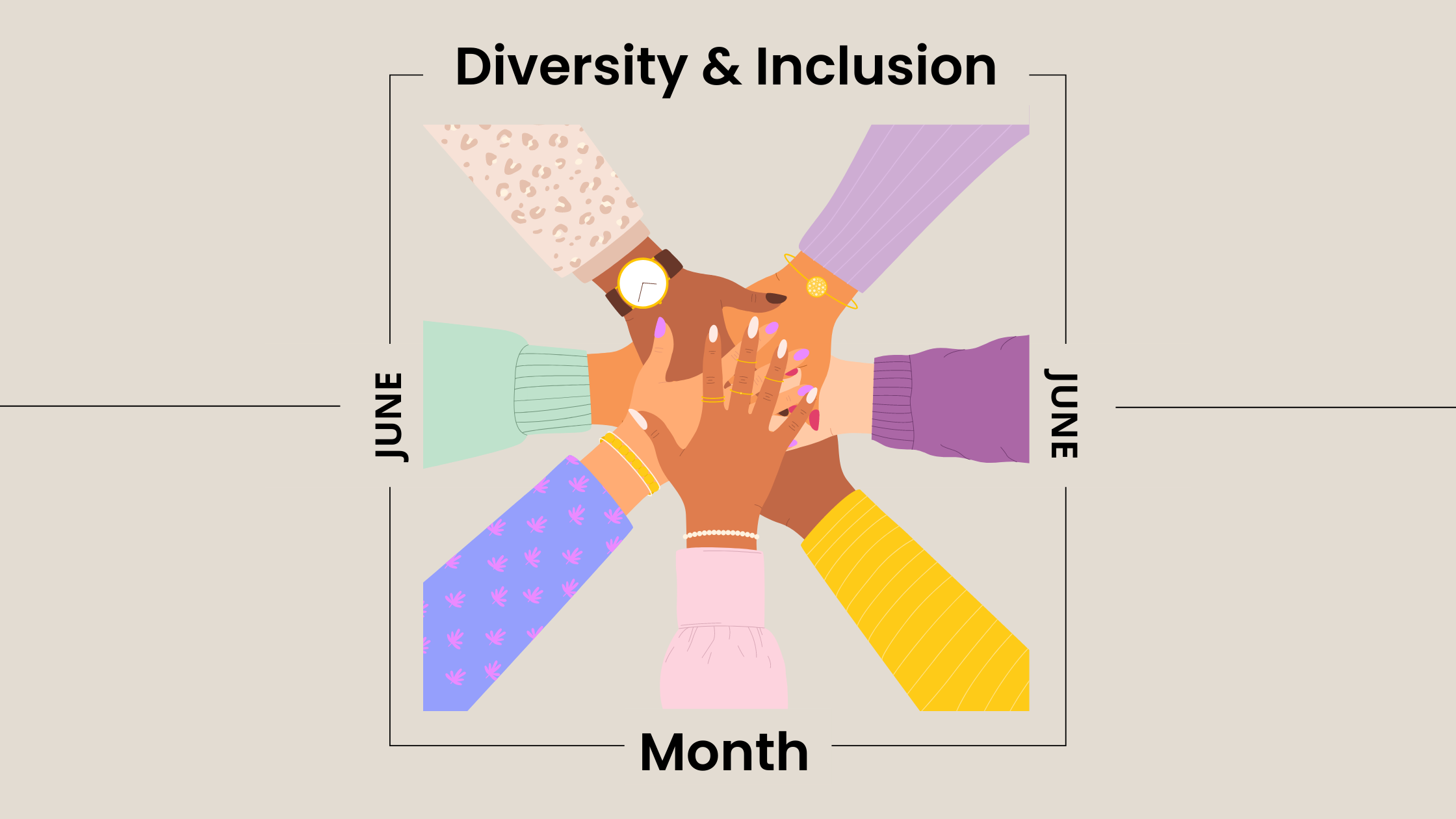
As the warm embrace of June envelops us, Meekono celebrates a theme that reflects our audience: diversity and inclusion. We explore the transformative power of embracing diversity and its positive impact on your business, whether you’re within the realms of retail, spa owners, corporate interior design, corporate gifts, or the enchanting world of well-crafted African handicrafts.
Types of African Textiles
MALI – BOGOLANFINI
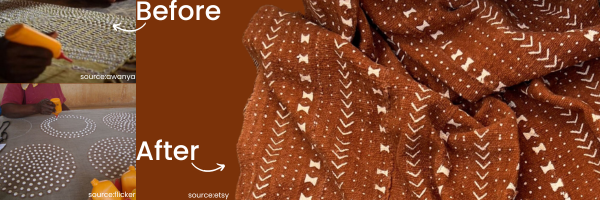
Handwoven textiles although in decline, continue to be produced because they are still useful in Malian daily lives. In households around the country, hand-built pots and hand-woven textiles continue to be used alongside factory-produced ceramics, plastic and metal cookware, and industrially milled cloth.
Mali has a long tradition of handweaving, and archaeologists have found cotton and wool textiles dating back to the first millennium.
Fulani, who raise sheep and goats, produce richly patterned wool blankets that families commission for marriages and that become cherished family heirlooms. Bogolanfini, a hand-painted mud-dyed cloth made by Bamana women, has enjoyed a spectacular revival in Mali in the last twenty years.
Today, this distinctive textile with its strong graphic appeal is not only worn in rural areas but also by fashionable urbanites throughout Mali.
The textile has found a market internationally because of its bold graphics and has been adopted as a symbol of African identity for people of African descent worldwide.
Diverse Types of African Jewelry: Beaded, Gold, Brass, Cowrie Shell
African jewelry is known for its unique beauty and intricate designs, that reflect the rich cultural heritage of the continent. From the ancient kingdoms of Egypt and Ethiopia to the modern-day Wakanda of Marvel Comics, African jewelry has always been an important part of the continent's history and culture. In this article, we will explore the different types of African jewelry.
African Jewelry Types:
- Beaded Jewelry
- Gold Jewelry
- Brass Jewelry
- Cowrie Shells
- Ivory Jewelry
1. Beaded Jewelry:
Beaded jewelry is one of the most common types of African jewelry. It is made using a variety of materials such as glass, wood, beads, shells, bones, clay and stones. Beaded jewelry is popular in many African countries, and each country has its own unique style. For example, in Kenya, beaded jewelry is often made using brightly colored beads and worn as part of traditional Maasai clothing. These beads are often arranged in intricate patterns that have symbolic meanings, such as fertility, protection, and prosperity. In Wakanda, the Dora Milaje, the all-female special forces of Wakanda, wear intricate beaded jewelry as part of their unifom.
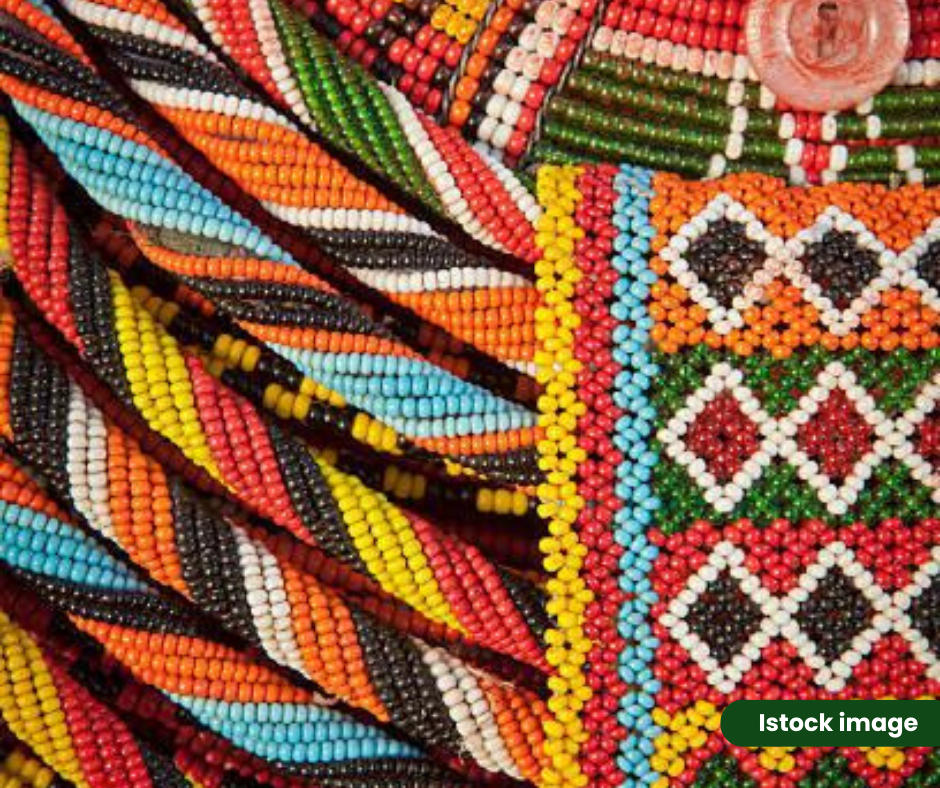
How To Care For African Jewellery
African jewelry is known for its unique designs and cultural significance. Whether you have a piece of African jewelry that has been passed down for generations or one that you recently purchased, it's important to know how to care for it properly to keep it looking beautiful for years to come. Here are some tips on how to care for different types of African jewelry:
1. Beaded jewelry: Beaded jewelry is a popular type of African jewelry that is made from various materials such as glass, bone, wood, and clay. To keep beaded jewelry looking its best, avoid exposing it to water or harsh chemicals, which can cause the beads to fade or lose their luster. When not in use, store your beaded jewelry in a cool, dry place, away from direct sunlight.
2. Brass jewelry: Brass is a common material used in African jewelry, especially in West Africa. To clean brass jewelry, mix lemon juice and baking soda to form a paste and apply it to the jewelry with a soft cloth. Rinse the jewelry with water and dry it thoroughly with a clean cloth.
3. Cowrie shell jewelry: Cowrie shells are often used in African jewelry, especially in West Africa. To keep cowrie shell jewelry looking its best, avoid exposing it to water, which can cause the shells to discolor or become brittle. Store your cowrie shell jewelry in a cool, dry place, away from direct sunlight.
4. Gold jewelry: Gold is a popular material used in African jewelry, especially in North Africa. To clean gold jewelry, mix warm water and a mild detergent and soak the jewelry for 15 minutes. Gently scrub the jewelry with a soft-bristled toothbrush and rinse it with water. Dry the jewelry thoroughly with a clean cloth.
5. Leather jewelry: Leather is a common material used in African jewelry, especially in East Africa. To clean leather jewelry, wipe it with a damp cloth and dry it thoroughly with a clean cloth. Avoid exposing leather jewelry to water, which can cause it to become brittle or discolored.
In conclusion, caring for African jewelry requires special attention to ensure that it remains in good condition for years to come. By following these simple tips, you can keep your African jewelry looking its best and preserve its cultural and historical significance.
Discovering Aso-oke: A Celebration of African Creativity and Artistry
Aso-oke: A Rich Tapestry of African Heritage

Source: tdsblog
The African continent has long been known for its rich culture and legacy, which are reflected in its art, music, and textiles. Aso-oke, a hand-woven cloth that has been a staple in African dress for centuries, is one of these textiles. Aso-oke is a one-of-a-kind cloth with a rich history and cultural importance that has been passed down through generations. In this post, we will look at the beauty and history of Aso-oke, as well as why it deserves to be seen from a particular perspective.
Worker's Month

May is celebrated as Workers' Month in many countries across the world, including African countries. During this month, the hard work and contributions of workers are recognised and celebrated. Workers' Month is particularly significant in the African context because workers play a crucial role in driving economic growth and development in many sectors, including agriculture, manufacturing, and tourism.
What the Handicrafts Sector can Learn from Fashion Revolution Week?
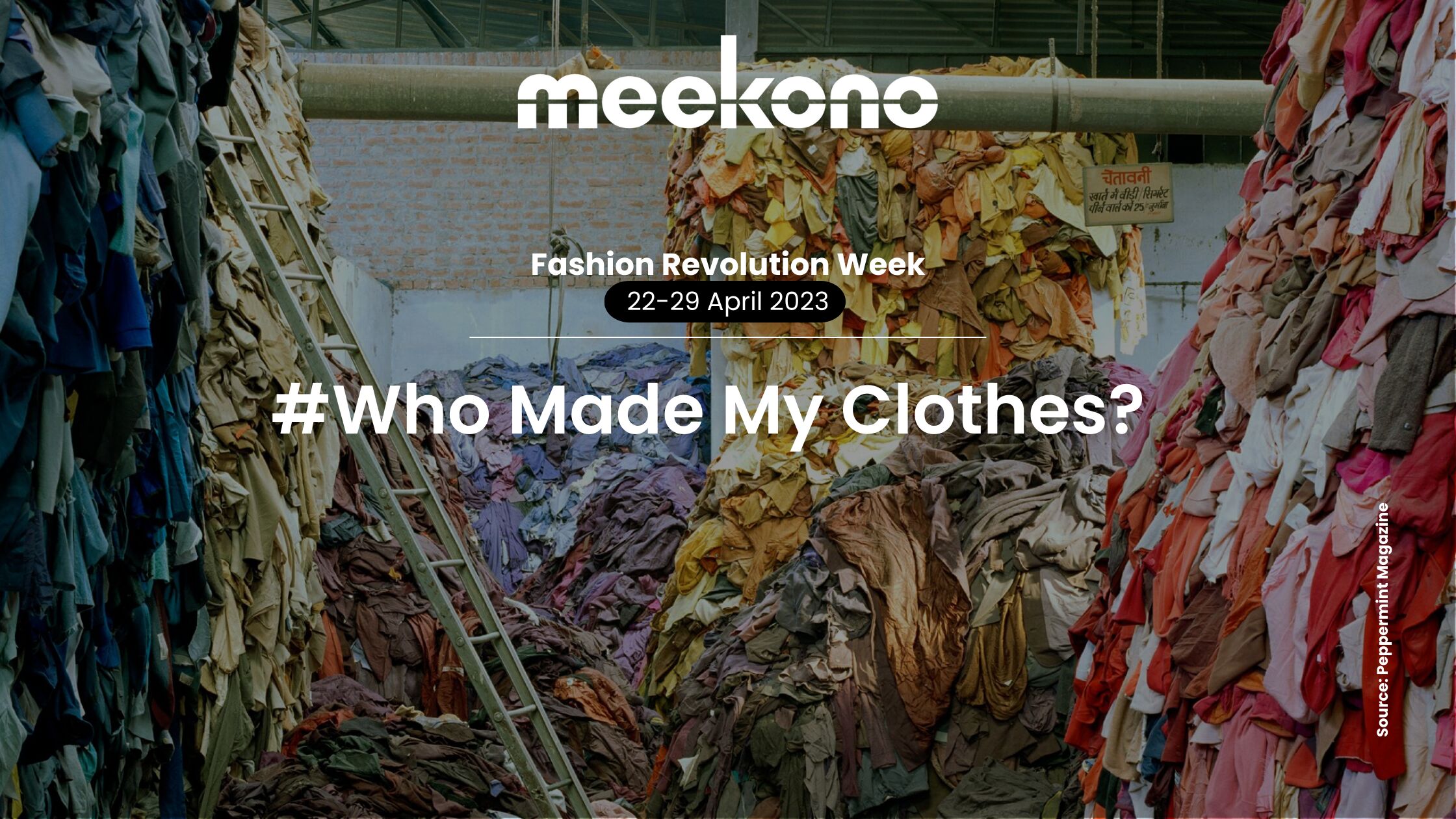
No More Slaves to Fashion…or Anything Else: Fashion Revolution Week
It's Fashion Revolution Week, a period that remembers over 1,000 people killed and over 2,500 injured when Rana Plaza, a building housing garment factory workers in Bangladesh, collapsed due to preventable structural problems. It falls at the same time as another important event: Earth Day, a day on which millions of people come together to demonstrate their support for and commitment to environmental protection actions.
Both initiatives call upon global citizens to pause and take a long hard look at how we can do more to safeguard against the exploitation of human resources and natural environment in the making of the items we use and love every day.
Afrofuturism: Reimagining Africa’s Future

What if Africa had never been colonised? What if its people had developed advanced technologies and explored the cosmos? What if its culture and history had influenced the world in even more profound ways? These are some of the questions that Afrofuturism asks and answers.
Why Sustainability Matters to Meekono?

Sustainability is more than just a buzzword in today's business world. Businesses, governments, and customers all need to keep this important factor in mind. Sustainability plays a critical role in ensuring that the goods being sold are ethically sourced and produced, while also fostering environmental stewardship, social responsibility, and economic growth in the context of a fair trade, online B2B wholesale marketplace for African handicrafts.
